NGC7496, instead, shows a combination of MIRI and Near Infrared Camera (NIRCam) data.
When compared, it’s easy to see just how much more we can see when viewing infrared images.
The results are an interesting mix of visible and infrared light, with new details appearing thanks to JWST.

Glowing dust in the center of NGC628 spiral galaxy (Photo: NASA / ESA / CSA / Judy Schmidt,CC BY 2.0)
All of the galaxies are relatively close to the Milky Way and are readily observable.
These galaxies are also part of the Physics at High Angular resolution in Nearby GalaxieS (PHANGS) program.
This survey is charting the connections between young stars and cold molecular gas by imaging 38 galaxies.
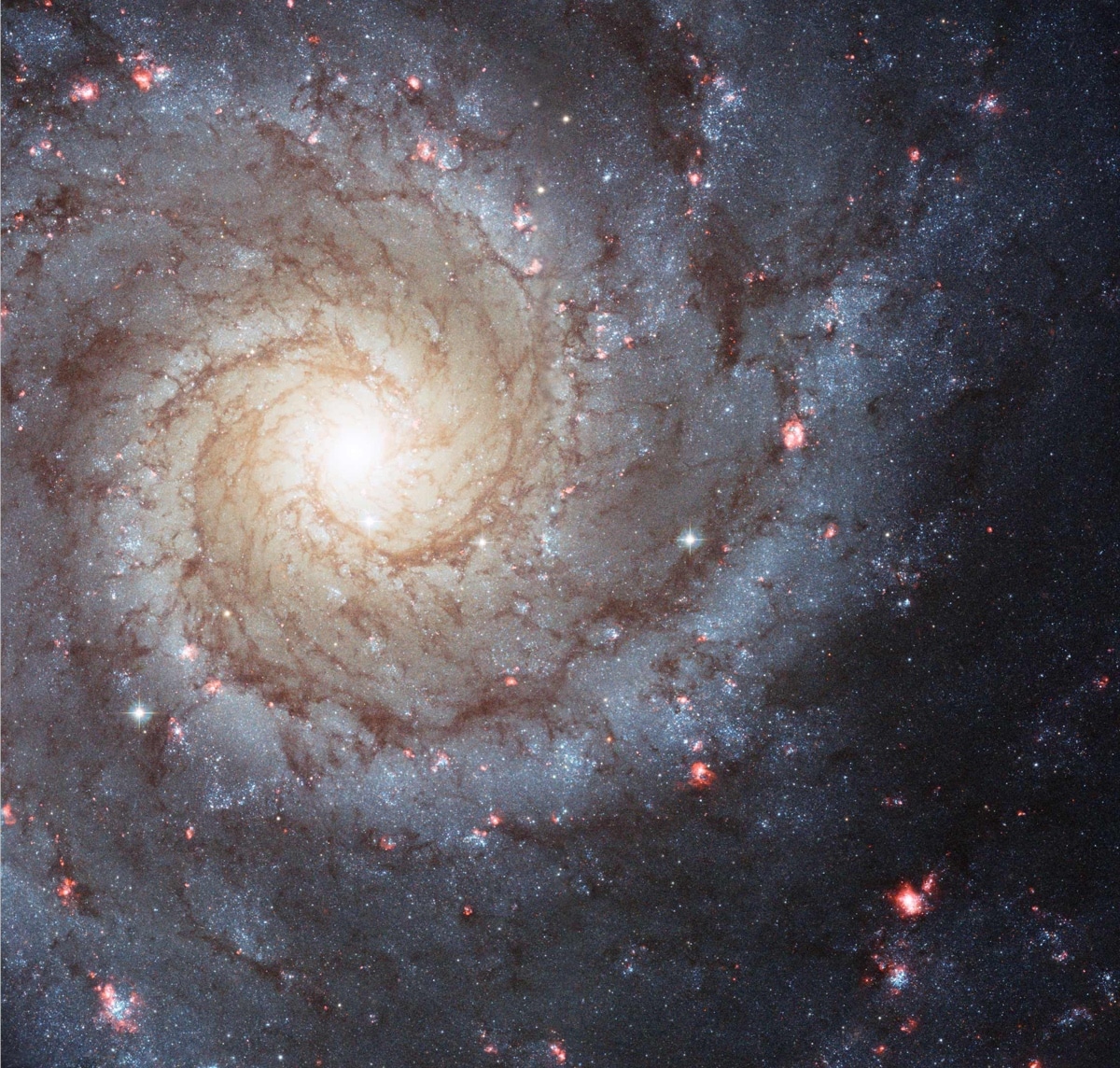
Hubble image of NGC628 (Photo:NASA/ESA/Hubble Heritage (STScI/AURA)-ESA/Hubble Collaboration)
If you want to see high-resolution versions of these images, check Schmidt’sFlickr.
The James Webb Space Telescope has been imaging several spiral galaxies.
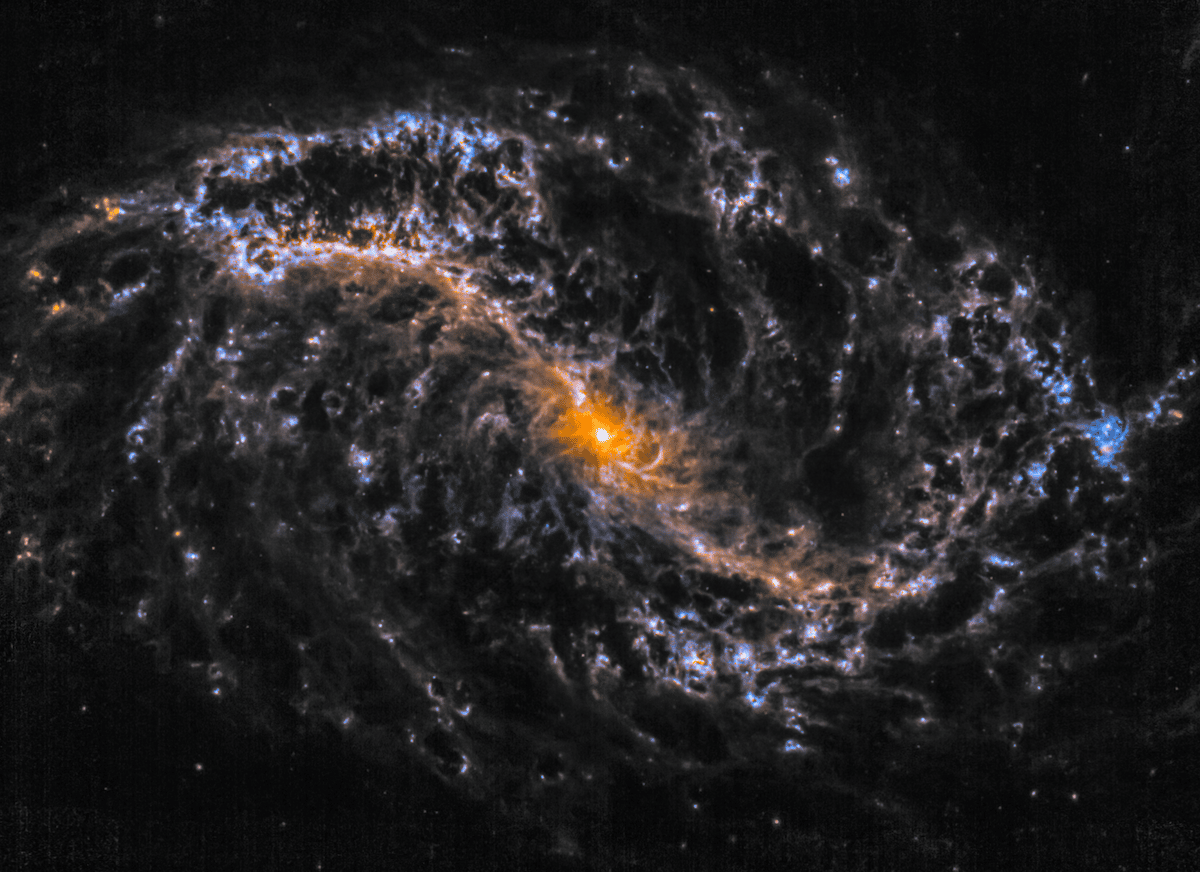
NGC7496 spiral galaxy (Photo: NASA / ESA / CSA / Judy Schmidt,CC BY 2.0)
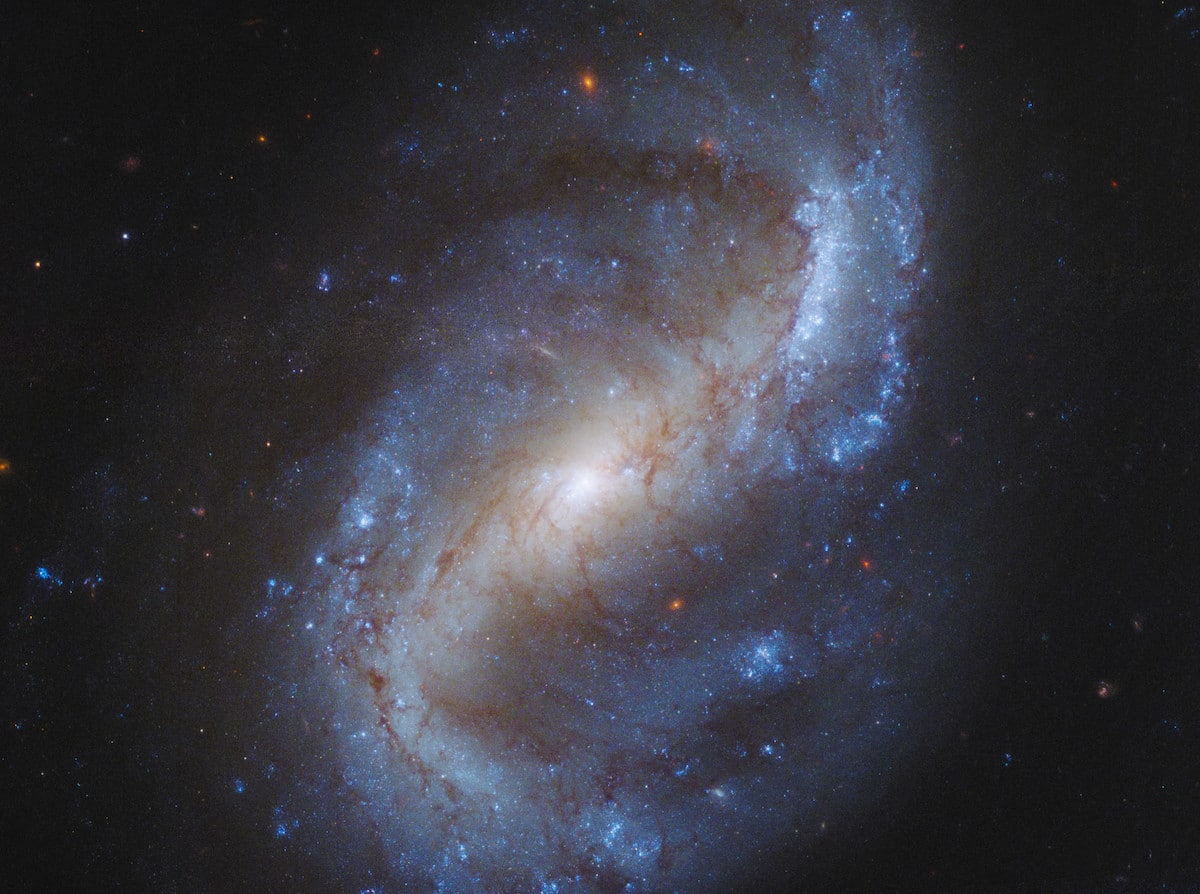
Hubble image of NGC 7496 spiral galaxy (Photo: PHANGS-HST / Judy Schmidt,CC BY 2.0)
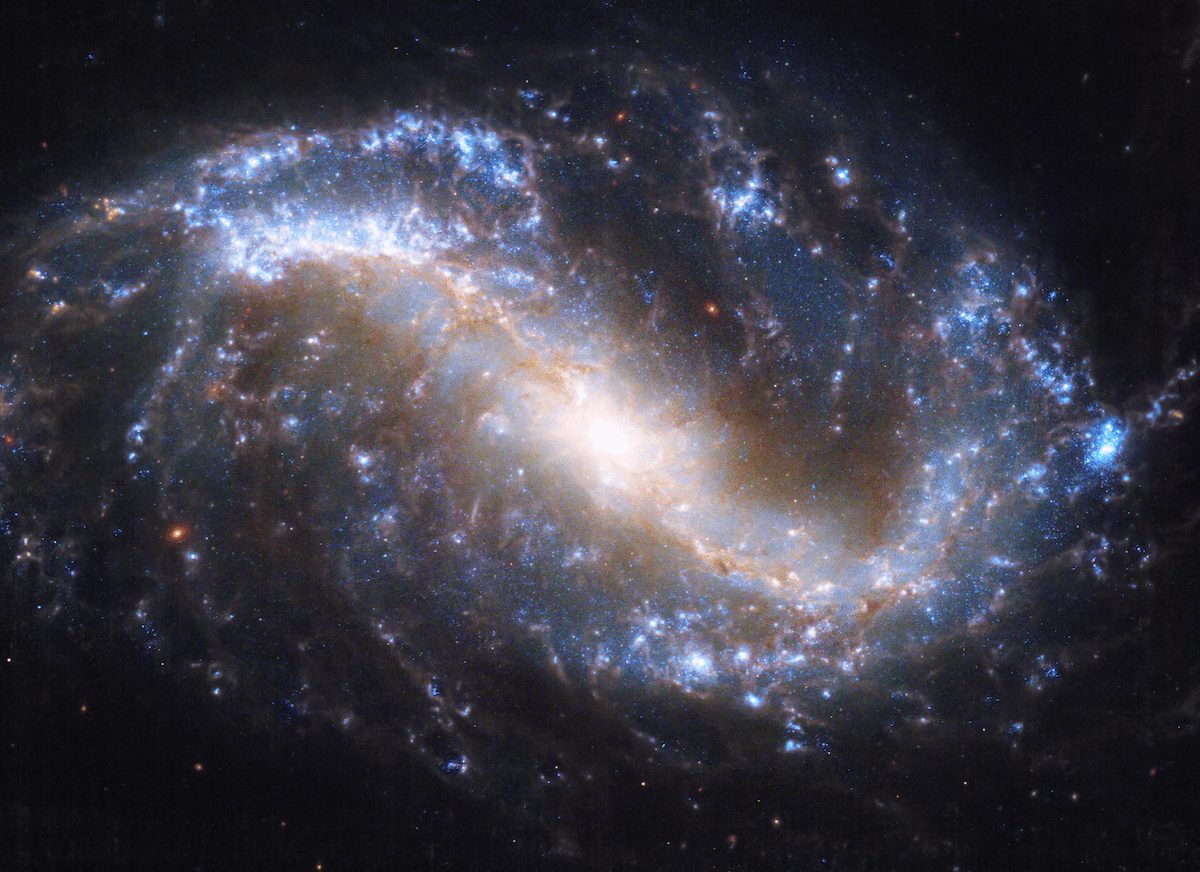
James Webb Space Telescope and Hubble Space Telescope composite image of NGC7496 spiral galaxy (Photo: NASA / ESA / CSA / Judy Schmidt,CC BY 2.0)
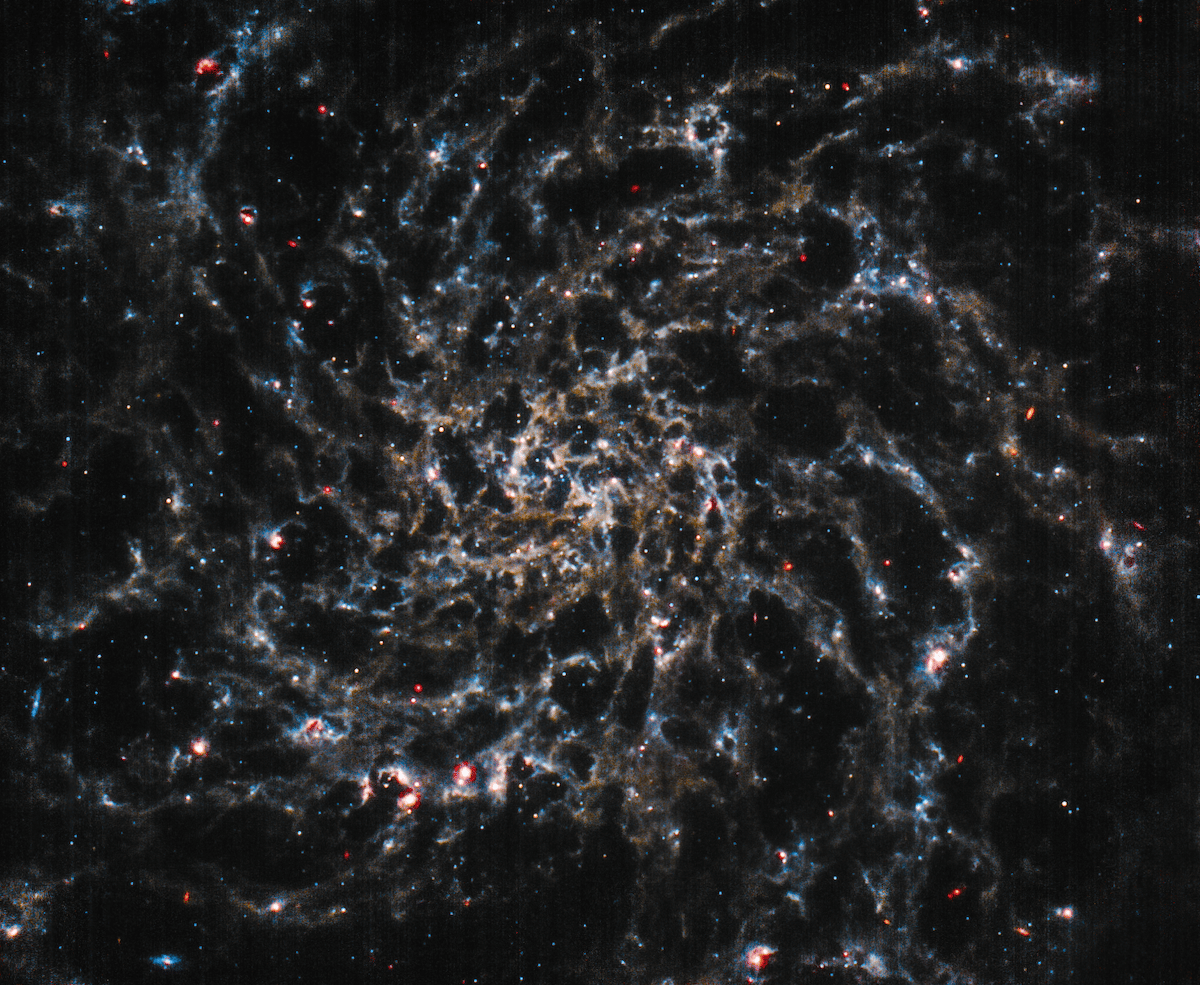
Dust lanes of IC5332 spiral galaxy (Photo: NASA / ESA / CSA / Judy Schmidt,CC BY 2.0)
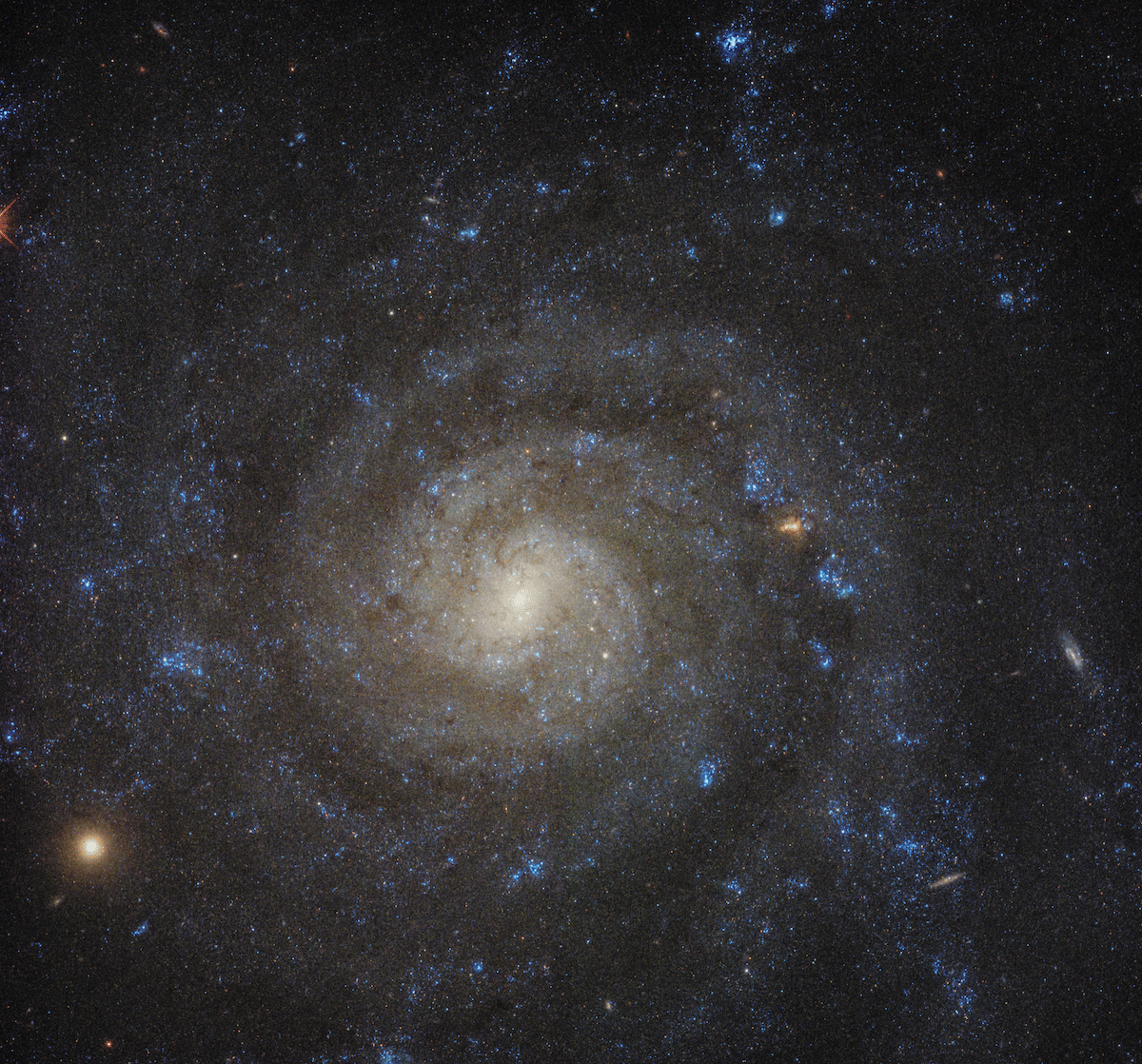
Hubble image of IC5332 spiral galaxy (Photo: PHANGS-HST / Judy Schmidt,CC BY 2.0)